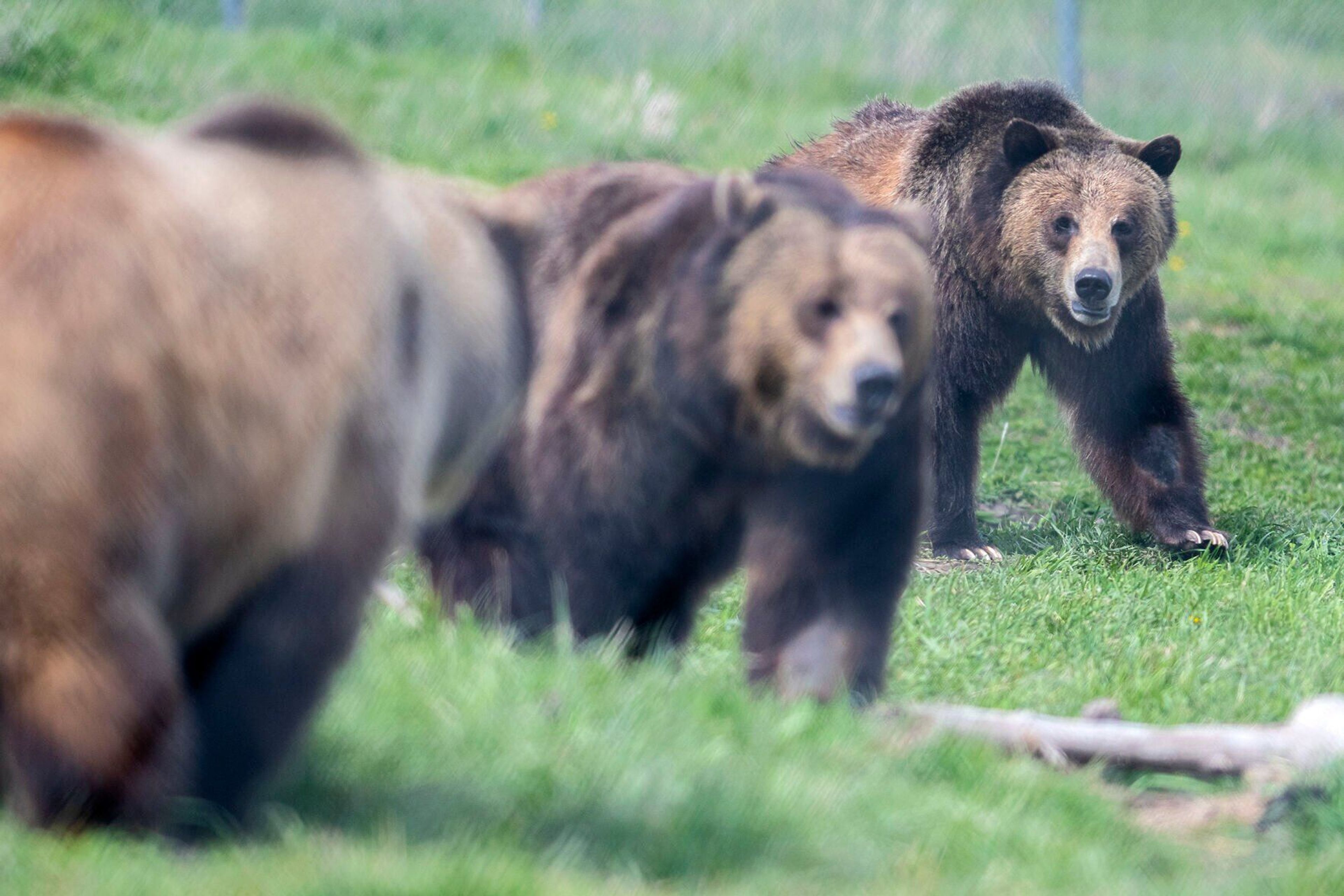Foraging rule: Know before you go
Retired WSU plant pathologist warns to do your homework before eating wild mushrooms
Finding mushrooms and other forageables is a fun, cost-efficient activity, but can also be dangerous. It’s important to know what is being taken home and what can and can’t be ingested.
Frank Dugan, a retired plant pathologist and professional mycologist who worked at Washington State University, said the best tip for novice foragers is purchasing a good guidebook. He recommends titles like “Mushrooms of the Pacific Northwest,” “North American Mushrooms,” “Mushrooms Demystified,” along with “Mushrooms of Cascadia” for a more challenging read.
“There are no simple rules or tests that successfully distinguish all poisonous from all edible mushrooms, so a person really needs to obtain and study a reputable guidebook,” said Dugan, who contacted the Daily News after the newspaper ran a story about the abundance of mushrooms on the Palouse this year. “If there is any simple rule, it is ‘Know before you go.’ ”
A common, edible mushroom found in the Palouse is the Agaricus fissuratus or Agaricus arvensis. This mushroom is identified by its button-shaped, toasted-color head, a white stem and gills. But it can be easily mixed up with its poisonous counterpart, the Agaricus xanthodermus. Dugan said a good rule of thumb identifying this mushroom, and this mushroom only, is if the stem turns yellow after cutting, it is poisonous.
Many mushrooms found in the grocery store can be eaten raw, but if it is found in the wild, it’s wise to cook what you found. Pests and pesticides may be on the mushroom, and cooking the flesh may lessen the risk of getting sick. And produce should always be washed before being consumed.
Depending on the person, different types of mushrooms may cause an allergic reaction. Charlotte Omoto, community member, said try consuming a small amount of the produce before making a meal out of it. If someone is having an allergic reaction to the forageable, seek help immediately.
Pearce can be reached at epearce@dnews.com or on Twitter @Emily_A_Pearce.







